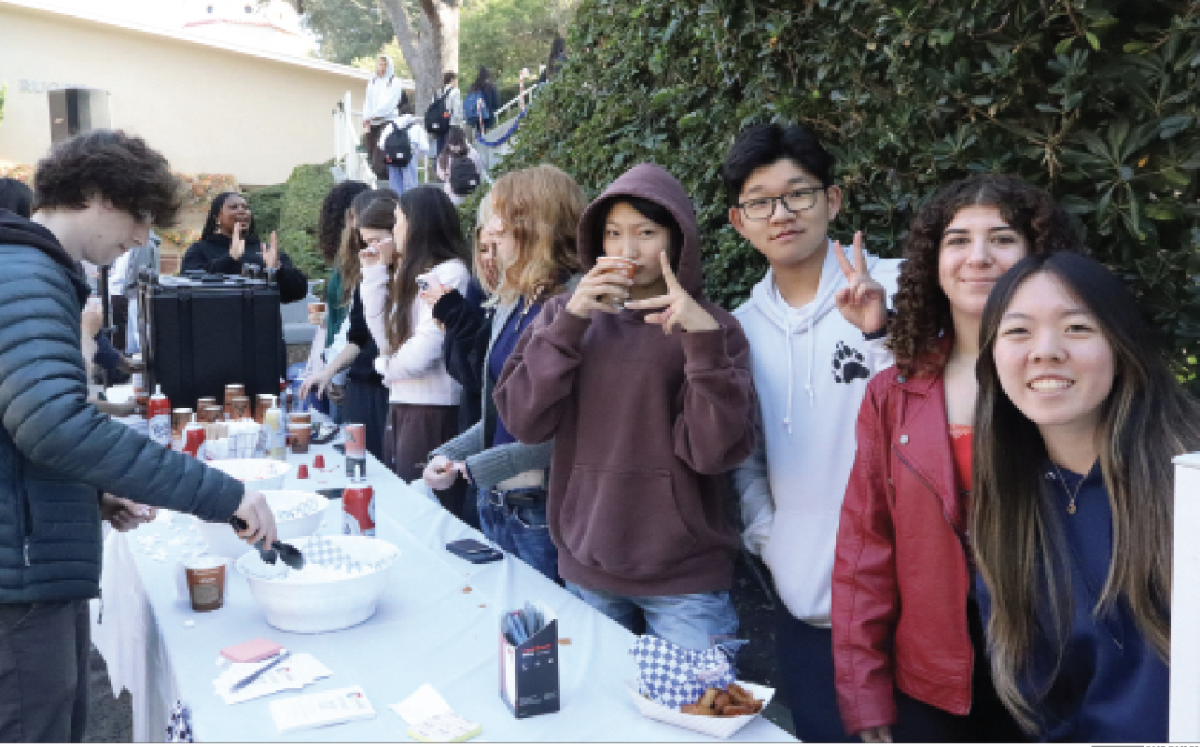In what may be the highest percentage yet, 93.4 percent of the senior class applied to colleges early decision, early action or both this year, upper school dean Beth Slattery said. That number is a five percent increase from last year and a 21 percent increase since fall 2009.
“Most people, for one reason or another, want to hear something back sooner rather than later, and that’s become a trend,” Slattery said. “It’s the highest since I’ve been here—nine years—so I assume it’s the highest ever, since the number of schools offering early programs has only increased.”
The number of students choosing to apply early decision, meaning that they must attend the college if accepted in mid-December, has remained stable, though it has hovered around 50 percent for the past few years, Slattery said. This year, 49.3 percent of the class chose to apply early decision.
“It’s been part of a steady trend over the past few years,” upper school dean Pete Silberman said. “I think it’s in part because students believe that their best chance at a reach school is to apply early decision. While early decision generally gives you a modest boost over applying regular, I still see a number of students throwing a ‘hail Mary’ pass on a reach school early decision when they might have been better off going after something in the 50-50 range. It’s all about perceived advantage.”
The top 10 schools that students applied to this year were similar to last year’s top 10, but this year’s list includes more early decision schools, such as University of Pennsylvania, Columbia University and Cornell University.
“I chose to apply early decision to a school in New York based on a higher chance of acceptance, a love of New York City and the abundant resources for science students,” Justin Bae ’14, who applied early decision as well as early action, said. “I knew that I would be happy and successful at this school, so I might as well put my best foot forward.”
The remainder of the list feature early action schools, which will return decisions in mid-December but do not require a commitment from an accepted student. Stanford University, tied for eighth on the list, has a restrictive early action policy in which students do not make a binding commitment if accepted but may not apply to any other private colleges early. “There are schools whose policies essentially say, if you’re going to apply at all, why not apply early — like the University of Chicago and the University of Michigan, where you have nothing to lose, it’s not binding and they don’t prevent you from applying early decision elsewhere concurrently,” Silberman said.
Michigan has held the top spot since 2010 when its admissions policy switched from rolling admissions, in which a student may submit any time within a three-month period and receive a non-binding decision within a month, to early action.
UChicago moved up two spots on the list this year, thanks to its growing reputation as the “most selective non-restrictive early action school,” Slattery said.
“I didn’t apply early decision because I have two top choices, so I don’t want to be bound to one college and then realize that it’s not the right one for me,” Caroline Moreton ’14, who applied to two schools early action, said.
Christopher Yang ’14 didn’t apply early action or early decision, but he does plan to apply early decision II, an admissions program in which students submit an application in January but receive a binding decision in February. Yang didn’t feel ready to submit in time for a November deadline.
“I didn’t have enough art pieces for a portfolio I was satisfied with,” Yang said. “I also knew that I could improve my grades and SAT scores with time.”




























